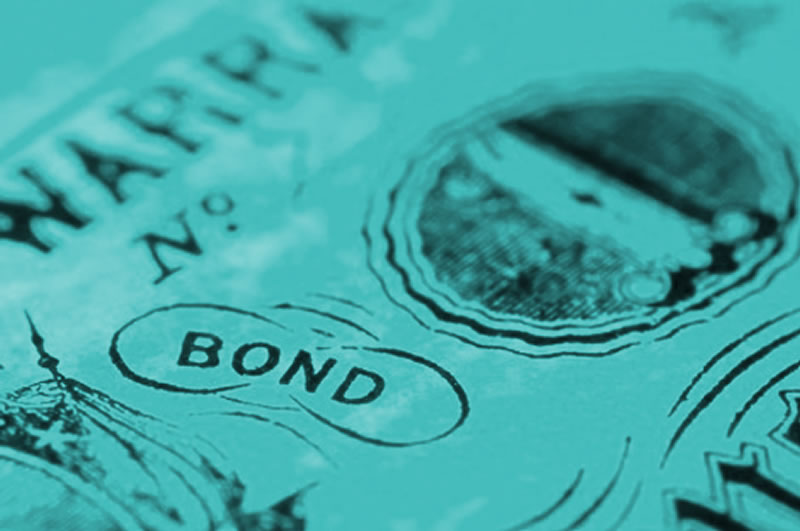by Brad Tank, Co-Chief Investment Officer and Global Head of Fixed Income, Ugo Lancioni, Senior Portfolio Manager, Toyaj Singh, Portfolio Analyst and Trade, Neuberger Berman
Strong forces still weigh on Japan’s currency, but its long, cold winter may be coming to an end.
Each year around this time, Japan is host to one of the natural wonders of the world. Emerging from the grip of winter, its abundant cherry trees burst into bloom, covering the country in a blanket of pink.
In currency markets, Japan’s winter has lasted a lot longer than one season. Since reaching a long-term high against the U.S. dollar in late 2011, the yen has lost almost half its nominal value, recently plunging to levels not seen since the early 1990s. Moreover, the U.S. has experienced higher inflation than Japan, making the yen many times cheaper still in real terms. Its real effective exchange rate with Japan’s trading partners is as low as it has been for at least 30 years.
Two weeks ago, however, the Bank of Japan (BoJ) raised the target range for its policy rate, from -0.1% – 0.0% to 0.0% – +0.1%. It has been eight years since rates went below zero in Japan, and 17 years since the BoJ’s last rate hike. Domestic inflation is running at 2.8%.
Is Japan’s winter thawing? Could the yen be about to blossom at last?
Selling the News
Together with the end of its policies of yield curve control and exchange-traded fund and real estate investment trust purchases, the BoJ's rate hike signaled an intent to withdraw from many years of broad monetary easing.
Counterintuitively, the decisions were greeted by a yen sell-off: it has since lost another 1.5% against the dollar, and futures indicate that currency traders are more short the yen now than at any time since 2017.
To some extent, this was the market “selling the news”, as the move was widely anticipated. It was also quite a “dovish hike.” The bond-purchase program was virtually unchanged and there was no indication of further hikes. The prospect of higher rate expenses on its bank reserves, losses in its huge bond holdings and some moderation in inflation mean the BoJ is likely to proceed with caution.
But we believe other, bigger forces are keeping the yen in its winter freeze.
Rate Differentials and Sentiment
In our view, most of the movement of the U.S. dollar/Japanese yen exchange rate (USD/JPY) is determined by two variables: the interest rate differential and global investor sentiment. A 50/50 mix of the rate differential and the S&P 500 Index tracks USD/JPY very closely, for example.
That is reasonable. The current rate differential of almost 5.5 percentage points makes the yen an attractive currency for funding a U.S. dollar carry trade—either in the currency market itself or in the form of unhedged U.S. bonds held by Japanese investors. The risk associated with carry trades is that a spike in price volatility can wipe out all your carry income, which is why positive sentiment encourages more carry trading and yen shorting.
Despite the pandemic and successive geopolitical and trade shocks, USD/JPY implied volatility has decreased. Implied volatility across the foreign-exchange and equity markets is close to a five-year low, and despite high volatility in rates, synchronized monetary policy shifts are having a limited effect in the major currency markets, as rate differentials remain largely unchanged. Every time another piece of “goldilocks” economic data hits the wires, and every time expectations of U.S. rate cuts get pushed further out, that implied volatility tends to dampen further.
Wild Card
Like winter, these dynamics can seem to persist for a long time, but they don’t last forever.
Carry trades are not a free lunch, and, in our view, this one could close out if global sentiment sours and volatility picks up, especially if the U.S. – Japan interest rate differential also narrows, leaving carry traders with less of a buffer against that volatility.
A series of poor U.S. employment data or other signs of economic weakness, paired with a dovish response from the U.S. Federal Reserve, could deliver those conditions—even if the BoJ continues its own policy normalization.
There is also the wild card of direct BoJ intervention in the currency market.
Unsurprisingly, rumors of an imminent intervention are rife: the yen’s real effective exchange rate with Japan’s trading partners is lower now than it was back in October 2022, when the BoJ last intervened, and policymakers are starting to issue familiar warnings about speculative excess. If it doesn’t happen soon, we believe the likelihood of an intervention may rise as the U.S. election cycle gets underway and politicians start to focus on the distortive effects of currency weakness on trade.
A Single Petal
Will any of this be enough to reverse the USD/JPY trend sustainably?
That is not clear. An intervention or a turn in global economic conditions would need to be decisive enough to jolt a lot of investors out of a lot of long-entrenched positions. And, of course, actively betting against USD/JPY is extremely expensive, at 5.5% per year negative carry.
Still, if the yen is not necessarily about to bloom, we might say that the worst of its winter is over. Meanwhile, the temperature is dropping for other currencies.
The Swiss National Bank became the first G10 bank to cut its policy rate on March 21. In our view, that now makes the Swiss franc a more attractive carry trade-funding currency than the yen. Indeed, investors who want to risk a yen long might choose to fund it with the franc—and pay slightly more than one percentage point in negative carry rather than five.
After all, every Japanese cherry blossom season starts with a single petal.
*****
In Case You Missed It
- U.S. New Home Sales: -0.3% to SAAR of 662,000 units in February
- U.S. Durable Goods Orders: +1.4% in February (excluding transportation, durable goods orders increased 0.5%)
- S&P Case-Shiller Home Price Index: January home prices decreased 0.1% month-over-month and increased 6.6% year-over-year (NSA); +0.1% month-over-month (SA)
- U.S. Consumer Confidence: -0.1 to 104.7 in March
- U.S. Q4 GDP (Final): +3.4% annualized rate
What to Watch For
-
- Monday, April 1:
- ISM Manufacturing Index
- Tuesday, April 2:
- JOLTS Job Openings
- Wednesday, April 3:
- Eurozone Consumer Price Index
- ISM Services Index
- Thursday, April 4:
- Eurozone Producer Price Index
- Friday, April 5:
- U.S. Employment Report
- Monday, April 1:
Investment Strategy Team















